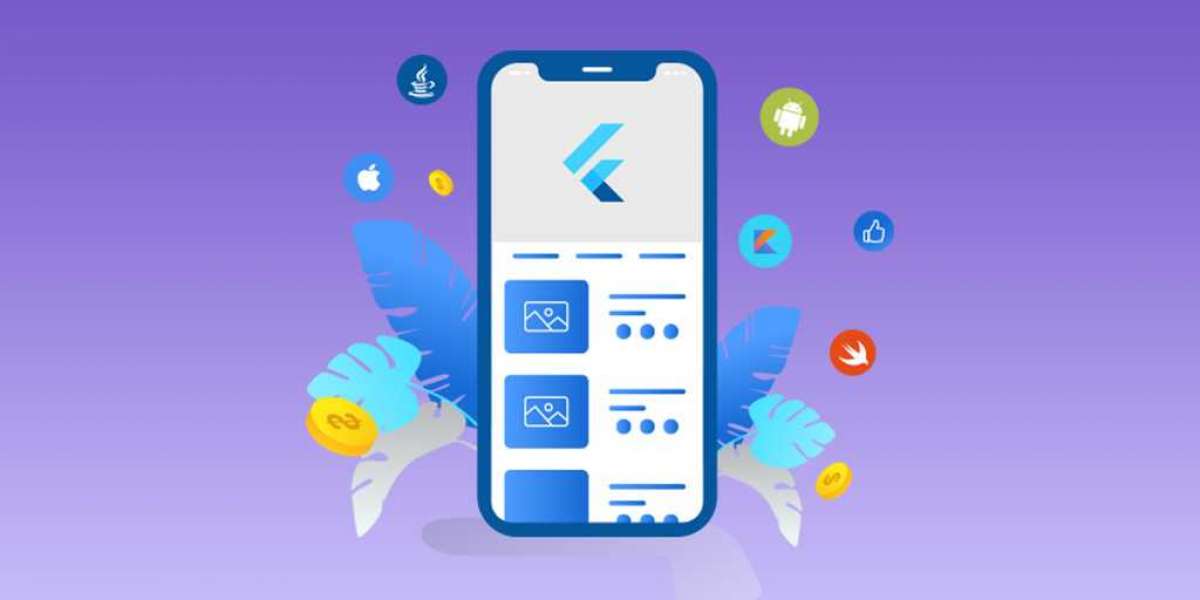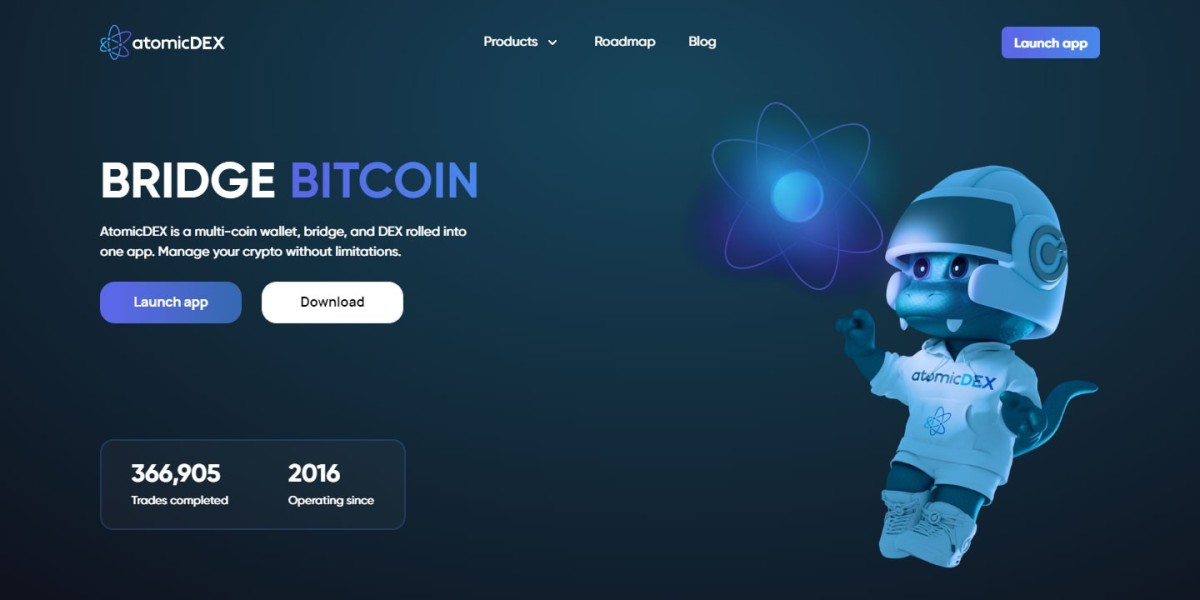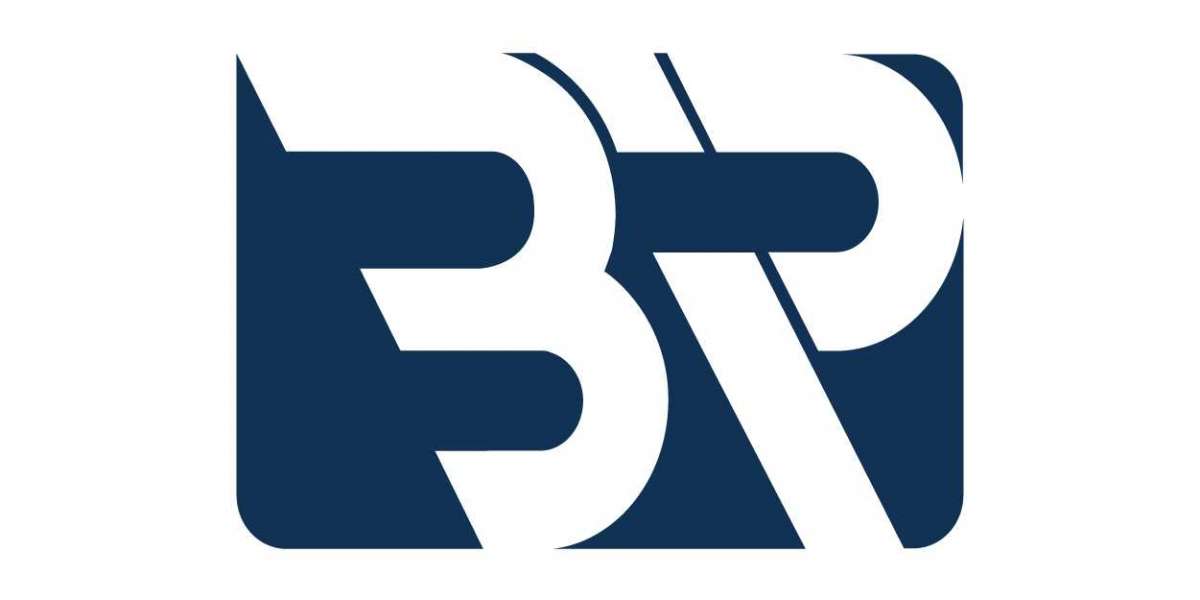Flutter is an open-source software development kit that allows for the rapid and easy development of cross-platform mobile apps. You can quickly create high-quality natively compiled apps for iOS and Android without having to write code for each app separately. You only need one code base for both platforms.
Tim Sneath, Flutter's product manager, announced last year that the toolkit has been used by over 2 million developers since its release in 2018. The spring update also reveals that not only consumer apps but also enterprise app development are on the rise.
This article will introduce you to this developer-friendly app development language. We'll explain what Flutter is and go over its benefits and drawbacks.
What exactly is flutter?
Building apps used to be expensive when Objective-C, Swift, and Java/Kotlin were the primary languages for mobile development. You had to create two separate apps, which meant doing the work twice.
To address this issue, several frameworks for creating hybrid (or cross-platform) apps in HTML5 and Javascript have been developed. Among cross-platform toolkits such as Phonegap, Xamarin, React Native, and others, the Flutter framework has grown in popularity among developers, enterprises, entrepreneurs, and users.
Flutter is a portable UI toolkit that allows you to create native-like apps for mobile, web, and desktop from a single codebase. It employs the programming language Dart, Material Design, and Cupertino widgets. Flutter developers can create stunning user interfaces that look and feel native. Even though you're using a single codebase, it behaves naturally on any platform.
Flutter is the only framework with a mobile SDK that provides a responsive style without the use of a Javascript bridge, achieving performance levels comparable to its cousin and direct competitor, React Native. It integrates easily with various platforms such as Android, iOS, and Linux, as well as MAC, Windows, and Google Fuchsia applications.
What is Flutter used for?
Flutter is a lightweight user interface toolkit that lets you create native-like apps for mobile, web, and desktop from a single codebase. It makes use of the Dart programming language, Material Design, and Cupertino widgets. Flutter developers can create stunning, native-looking user interfaces. Despite the fact that you're using a single codebase, it behaves naturally across all platforms. Flutter is the only framework with a mobile SDK that provides a responsive style without the use of a Javascript bridge, achieving performance levels comparable to React Native, its cousin and direct competitor. It integrates easily with Android, iOS, and Linux platforms, as well as MAC, Windows, and Google Fuchsia applications.
Flutter is based on what programming language?
The Flutter SDK is built on the Dart programming language, which was also created by Google. Its goal is to replace traditional JavaScript. Dart programmes can be run directly on a server, but in the browser, they are converted to JavaScript using the Dart2js transcompiler.
Dart is used to create apps for Google's new platform, Fuchsia. It has a similar structure to well-known object-oriented programming languages like Java or C.
The Flutter principle is all about widgets.
Flutter is a technology that is based on widgets. This means that object-oriented programming can be applied to any element. One advantage of using Flutter is the ease with which you can modify or customise widgets. It also includes UI widgets that meet important web application design requirements.
Since its inception as an open-source framework, Flutter has attracted a large and active developer community. This community is constantly publishing useful code examples and assisting developers in creating new, innovative, and visually appealing cross-platform apps.
Flutter app development advantages and disadvantages
Every programming language has benefits and drawbacks. However, in most cases, the advantages of flutter training in Surat over similar technologies clearly outweigh the disadvantages.
Your upcoming steps for developing Flutter apps?
computer classes in surat have developed multiple apps in Flutter over the past 18 months. We have built excellent social media apps, service booking apps, productivity measurement apps, utility apps, product distribution apps and healthcare apps, all using Flutter. Despite the relatively short existence of the technology, we are accomplished exponents!
If you would like to discuss the opportunity and benefits of using Flutter app development for your project, contact Appify for a free consultation.








